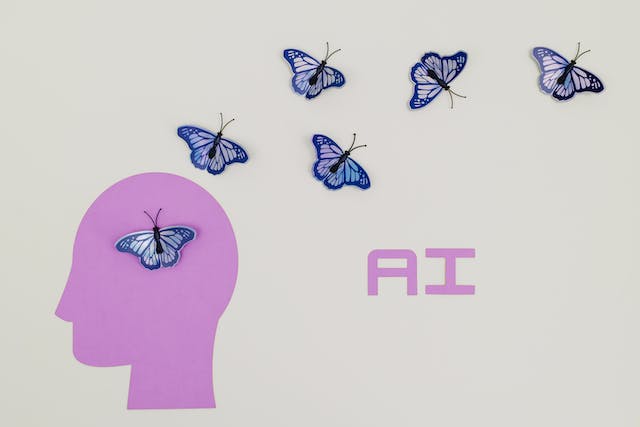
Do I Own the Rights to Art Generated By AI?
As technology advances, it presents unique challenges and opportunities. In today’s day and age, intellectual property, as a realm of law, sits squarely in the midst of this evolution, scrutinizing ownership rights in this new digital frontier. One of the most common questions artists and creators have is whether they can copyright AI-generated art. Please continue reading and reach out to Lemler IP to learn more.
Can I copyright art generated by AI?
Essentially, “AI art” is the creation of artistic works, be it paintings, music, or literature, facilitated or produced by artificial intelligence without direct human intervention. Using algorithms and vast data pools, AI can produce artwork that rivals human creation, often making it difficult to distinguish the artist behind the masterpiece.
That said, U.S. copyright law traditionally grants protection to “original works of authorship,” an umbrella term encompassing a wide variety of creative endeavors. However, the essence of copyright hinges upon the idea of human creativity and originality. Thus, when AI, devoid of human emotion and consciousness, creates art, the waters of ownership become murky.
In the past, creations that didn’t arise from human effort, such as those made by animals or nature, were denied copyright protection. If the same logic were applied, AI-generated art might be left in the public domain. Yet, the investment, time, and technology behind AI creations may suggest a need for a revised interpretation.
Currently, the U.S. Copyright Office has taken the stance that only works created by humans can be copyrighted. In a notable instance, they refused to register a picture snapped by a monkey, indicating non-human creations lack the necessary originality for protection. Drawing parallels, the implications for AI art ownership are evident. Without legal changes or fresh judicial interpretation, AI-generated art might remain unprotected.
What Does This Mean for Creators?
If you’re an artist or developer dabbling in the AI realm, it’s crucial to tread with caution. Though the AI tool you deploy may be your creation or possession, the art it produces may not enjoy the same protective rights. Collaborations between humans and AI, however, where human intervention plays a significant role in the final output, could potentially qualify for copyright protection.
For now, it’s a grey area. With AI’s ever-growing prominence, it’s possible that laws might evolve, offering clarity. Until then, you should strongly consider seeking counsel from an intellectual property lawyer experienced in the nuances of AI.
© 2025 Lemler IP. All rights reserved.
Attorney Advertising
